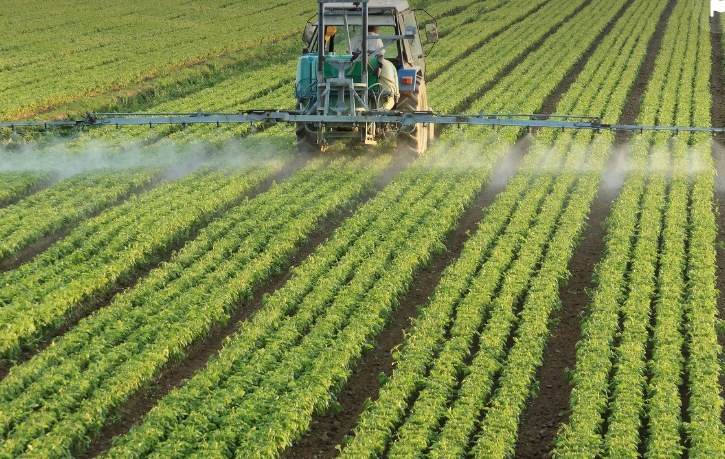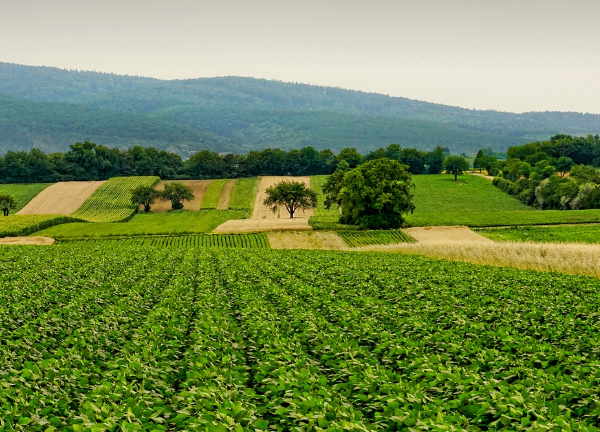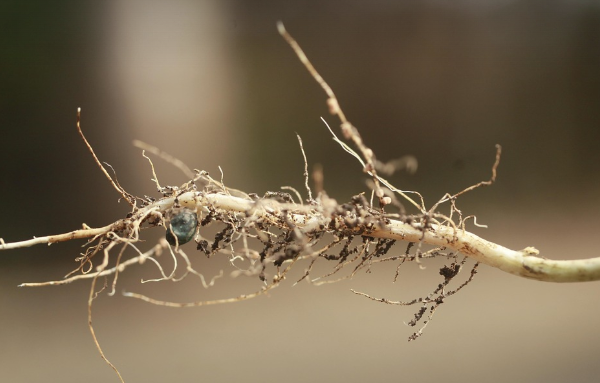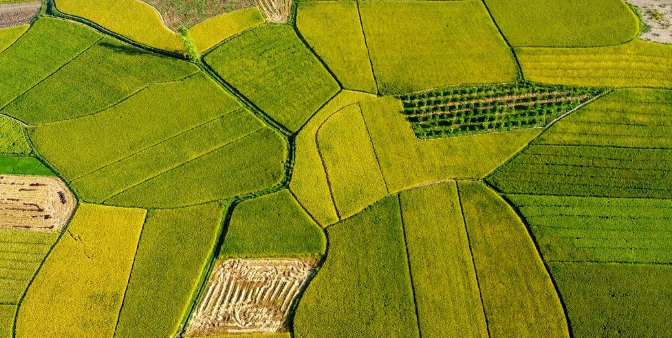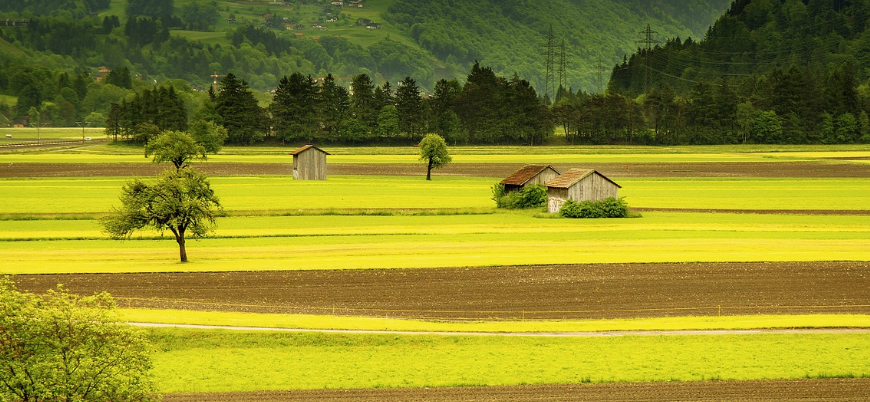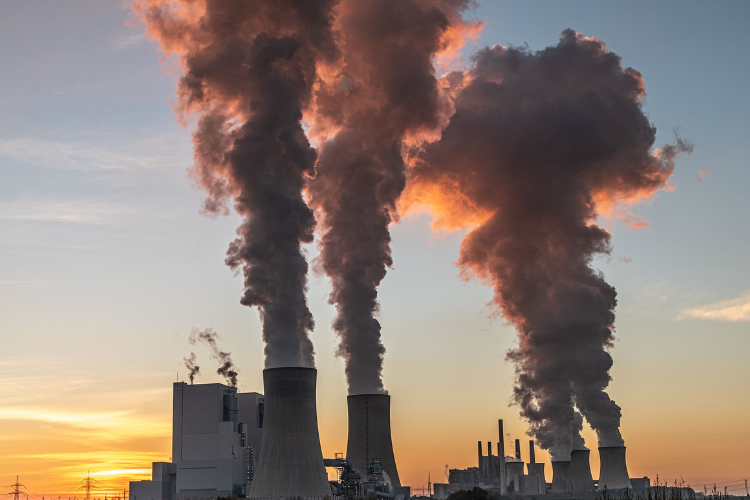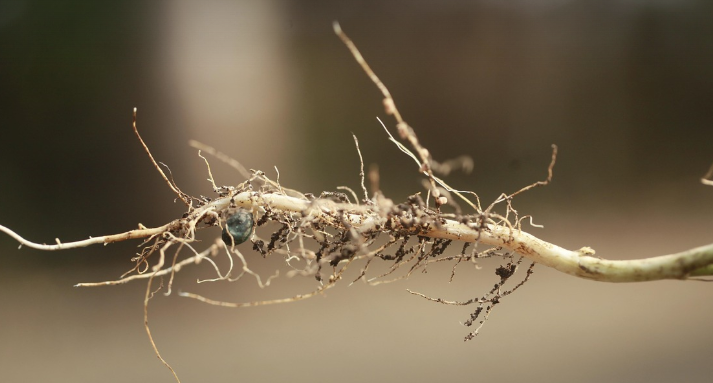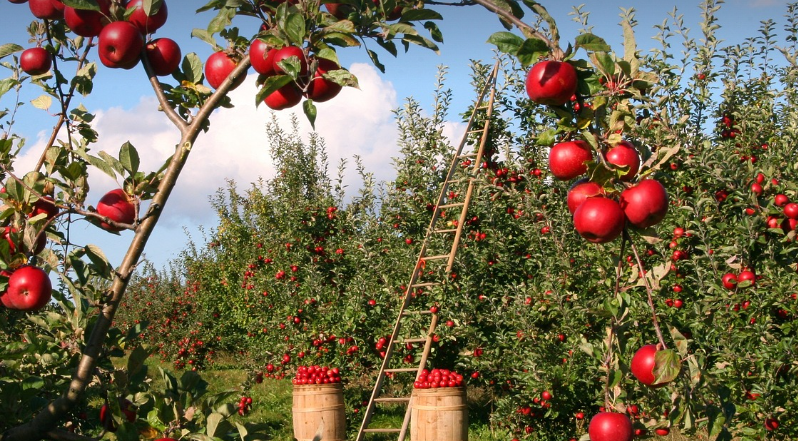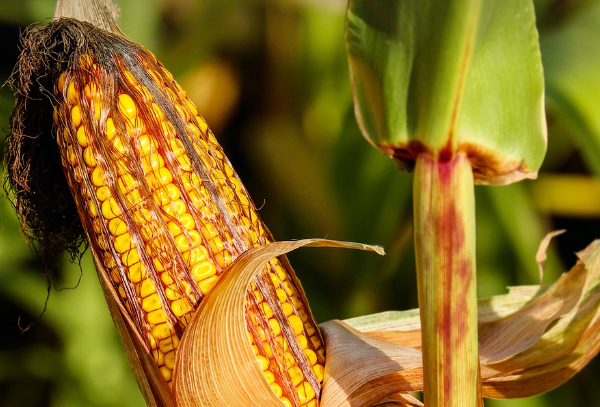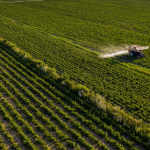
Blog & Article
TRENDING
Biochar: The Hidden Secret to Enhancing Soil…
Biochar is a highly porous form of charcoal that is created…
Carbon Sequestration Technologies: Innovations in the Field
Carbon sequestration is a crucial process that involves capturing and storing…
Why Regenerative Agriculture is Key to a…
Regenerative agriculture offers a multitude of benefits that extend beyond the…
How to Implement Regenerative Farming on Small…
Regenerative farming offers a multitude of benefits for both the environment…
Carbon Markets: What Farmers Need to Know…
Carbon pricing is a policy tool designed to reduce greenhouse gas…
The Science Behind Carbon Sequestration: How It…
Carbon sequestration is a vital process that involves capturing and storing…
FEATURED POST
The Future of Food: How Regenerative Agriculture…
Regenerative agriculture focuses on enhancing and restoring the health of soil through holistic land management practices. By prioritizing soil health, this approach aims to improve soil structure, increase organic matter content, and promote microbial biodiversity. These practices, such as minimal tillage, cover cropping, and crop rotation, help to build soil resilience and fertility over time. […]
The Carbon Sequestration Power of Perennial Crops
Carbon sequestration is a vital process that involves capturing and storing carbon dioxide from the atmosphere to help mitigate climate change. This…
Carbon Farming vs. Conventional Farming: Which is…
Carbon farming is an innovative approach that focuses on sequestering carbon from the atmosphere and storing it in the soil. This practice…
The Economics of Carbon Sequestration: How Farmers…
Carbon sequestration in agriculture plays a crucial role in mitigating climate change by capturing and storing carbon dioxide from the atmosphere in…
Biochar: The Hidden Secret to Enhancing Soil…
Biochar is a highly porous form of charcoal that is created through the process of pyrolysis, which involves heating organic materials in…
